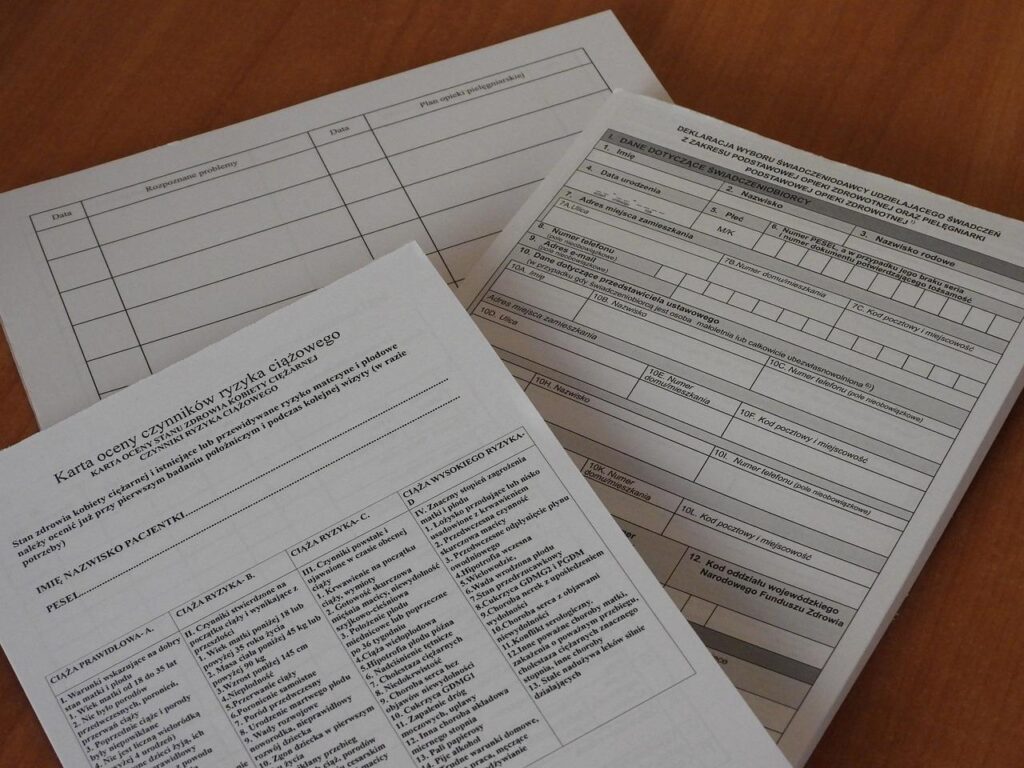The Social Security Disability Insurance (SSDI) program can be difficult to understand for most people. This can make it even more difficult to figure out whether they are eligible for these benefits. For example, a lot of people may have difficulty understanding what SSDI benefits are based on.
Social Security Disability Insurance is essentially an “insurance” program available to those who have paid into the system. Much like retirement benefits, SSDI benefits are also based on your covered earnings. This includes your 35 best-earning years. The SSDI program pays benefits to you and certain family members if you are “insured.” This means that you worked long enough and paid Social Security taxes on your earnings.
Keep reading below as we describe the eligibility requirements for SSDI.
Eligibility for SSDI Benefits
SSDI offers protection to over 159 million workers. To qualify for assistance, recipients must satisfy many requirements, including:
Insurance Coverage
To qualify as a beneficiary, an individual must be “fully insured,” which means they have worked for at least a quarter of their adult life, and “disability insured,” which means they have worked for at least five of the past 10 years.
Significant Impairment
To qualify, a person must have a serious, medically determinable bodily or mental disability that will last for at least 12 months or will result in death.
Inability to Undertake Substantial Work
The disabled person must be unable to perform his or her previous employment and be unable, considering their age, level of education, and work experience, to perform any other substantial work.
Earning $1,470 per month in 2023 (or $2,460 for the blind) is considered “substantial work,” which is equivalent to almost 40% of the median earnings of a full-time employee with a high school degree but no college.
What SSDI Benefits Are Based On

Disability benefits under Social Security are computed in the same manner as retirement benefits under Social Security. Both depend on your “covered earnings” history, or the amount of money you made from work that was subject to Social Security taxes.
The Social Security Administration (SSA) begins by calculating your lifetime average monthly income after adjusting for wage increases over time. Your primary insurance amount (PIA), sometimes called your entire retirement benefit, is calculated by inserting that number into a formula.
The formula for determining PIA payments is progressive, meaning that it is weighted to provide proportionally higher benefits to those with lower incomes. This formula remains the same regardless of whether you are applying for retirement or disability benefits.
What’s different is how much of your income data is used to determine your complete benefit and when you can start collecting it.
The Social Security Administration figures a retiree’s average monthly income and PIA based on their 35 highest-earning years. Only income up to a yearly maximum is considered. The limit is $160,200 in 2023.
When you reach your full retirement age (which is currently 66 years, 4 months for persons born in 1956, 66 years, 6 months for those born in 1957, and will progressively increase to 67 years), you will be able to submit a claim for the total sum. If you start receiving benefits before full retirement age, they could decrease by as much as 30%.
For Social Security Disability Insurance claims, the primary insurance amount is calculated based on a different period than the one used for calculating retirement benefits.
According to the Social Security Administration’s basic definition of disability, the number of years of income used to calculate the benefit is based on the age at which you became unable to work owing to an injury or sickness.
Intricate details like “elapsed years” and “computation years” in Social Security jargon determine how much of your work history is counted, but here’s the gist of it.
The Social Security Administration will determine your disability benefits based on the number of years that have passed since the year you turned 22 up until the year that you became disabled.
It can remove anywhere from one to five years from your employment history, with the number of “dropout years” increasing proportionately with the length of time you’ve been employed. The outcome is the percentage of your highest-earning years that will be included in the PIA.
Let’s say you started working when you were 21 and didn’t stop until advanced rheumatoid disease forced you to retire at 60. According to its guidelines, Social Security would calculate your PIA based on your 33 highest earning years, adjusted for inflation.
If your disability began when you were 50 years old, it would encompass 23 of your highest-earning years; if it began when you were 40, it would encompass 15 of your best years.
How Much Money Do You Get from Social Security Disability Insurance?

After a five-month waiting period, people who qualify for Social Security Disability Insurance (SSDI) get modest cash payments based on their lifetime average earnings.
The formula for determining benefits is progressive, meaning that those with higher incomes would receive benefits that are greater in absolute terms but represent a smaller share of their past income. Those who have been receiving SSDI payments for at least 24 months are also eligible for Medicare.
In January 2023, the average Social Security Disability Insurance payment was $1,483 per month, or about $17,800 per year. On average, disability benefits replace 50% of a worker’s pre-disability earnings.
In rare situations, other members of the worker’s family, typically the worker’s minor children, may be entitled to benefits as well.
For workers who have hit rock bottom, Social Security Disability Insurance is a lifeline. If it weren’t for this program, almost half of all disabled workers would be living in poverty. It is estimated that even with disability benefits, around 1 in 5 disabled employees live in poverty.
When Will Your Benefits Stop?
Disability benefits payments from SSDI can typically be received up until the recipient’s retirement age. Once you reach retirement age, you can begin collecting your Social Security retirement benefits.
If you meet the Social Security Administration’s criteria for “disability,” you may be eligible to receive SSDI benefits indefinitely. You may need to undergo periodic evaluations to establish whether you continue to meet the criteria for being classified as disabled.
If you work and make too much money, you may lose your benefits, but only after your trial work period and extended eligibility period have been completed.
Conclusion
SSDI benefits are a lifesaver for most people. This is why it’s so crucial that applicants understand the whole process and what SSDI benefits are based on before they even apply. Understanding the process will make sure that you do all the right things when applying.


